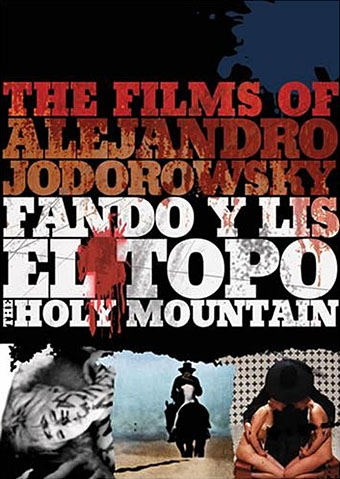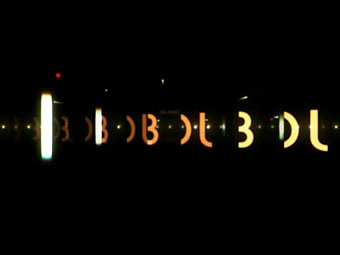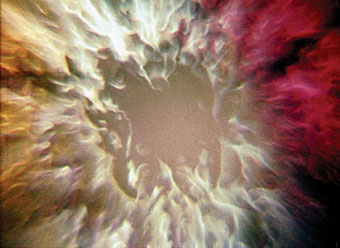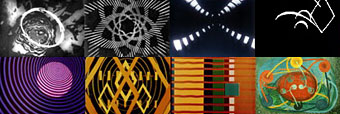Meshes of the Afternoon (1943)
Dir: Maya Deren, Alexander Hammid.
Screenplay: Maya Deren.
Cast: Maya Deren, Alexander Hammid.
Music: Teiji Ito.
18mins, B&W.
Meshes of the Afternoon is one of the most influential works in American experimental cinema. A non-narrative work, it has been identified as a key example of the “trance film,” in which a protagonist appears in a dreamlike state, and where the camera conveys his or her subjective focus. The central figure in Meshes of the Afternoon, played by Deren, is attuned to her unconscious mind and caught in a web of dream events that spill over into reality. Symbolic objects, such as a key and a knife, recur throughout the film; events are open-ended and interrupted. Deren explained that she wanted “to put on film the feeling which a human being experiences about an incident, rather than to record the incident accurately.”
Made by Deren with her husband, cinematographer Alexander Hammid, Meshes of the Afternoon established the independent avant-garde movement in film in the United States, which is known as the New American Cinema. It directly inspired early works by Kenneth Anger, Stan Brakhage, and other major experimental filmmakers. Beautifully shot by Hammid, a leading documentary filmmaker and cameraman in Europe (where he used the surname Hackenschmied) before he moved to New York, the film makes new and startling use of such standard cinematic devices as montage editing and matte shots. Through her extensive writings, lectures, and films, Deren became the preeminent voice of avant-garde cinema in the 1940s and the early 1950s. (MoMA.org)
• Maya Deren at Ubuweb. Includes free film downloads
• Maya Deren at Senses of Cinema
Previously on { feuilleton }
• Jodorowsky on DVD
• Jordan Belson on DVD
• Kenneth Anger on DVD…finally
• Ten films by Oskar Fischinger
• Lapis by James Whitney
• La Villa Santo Sospir by Jean Cocteau
• Expanded Cinema by Gene Youngblood
• The Invasion of Thunderbolt Pagoda





